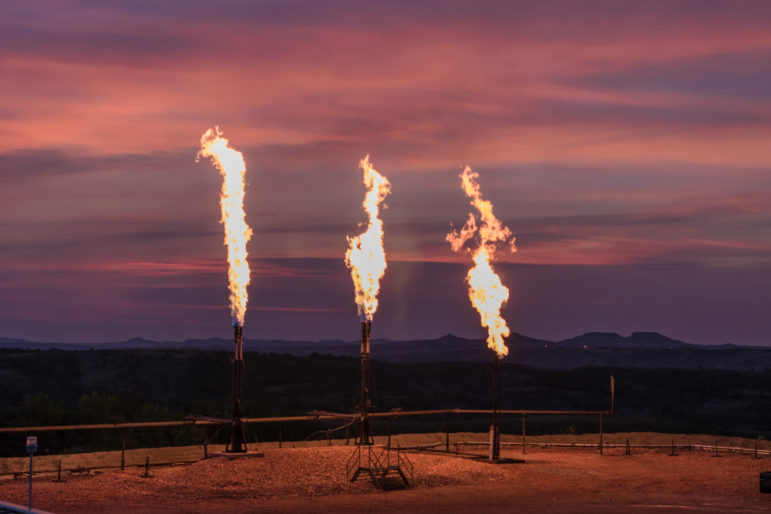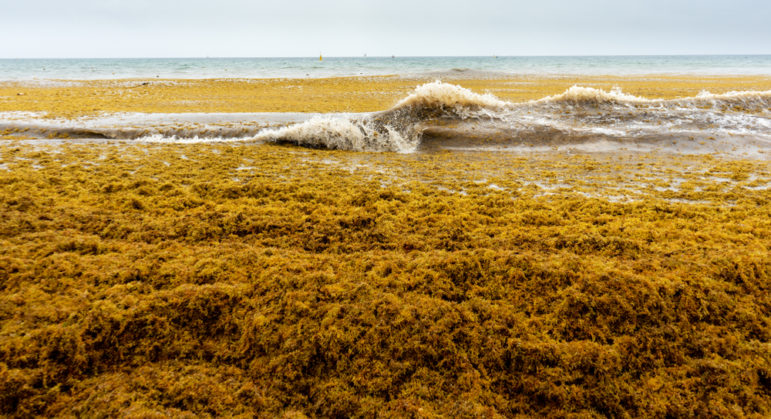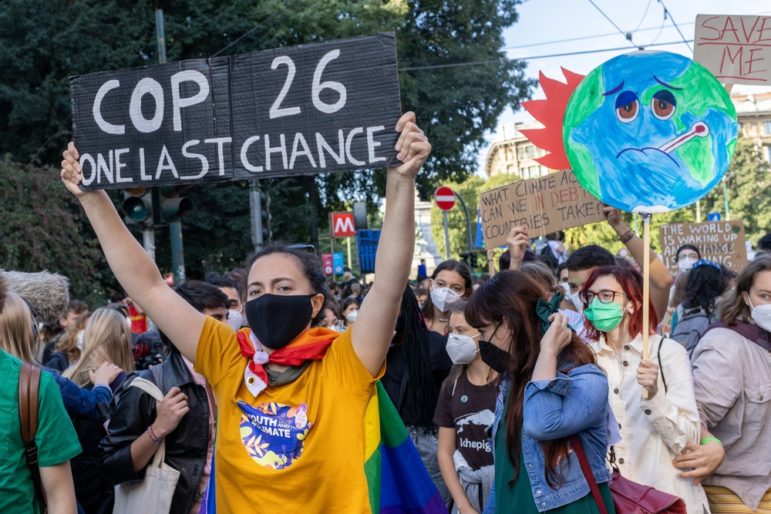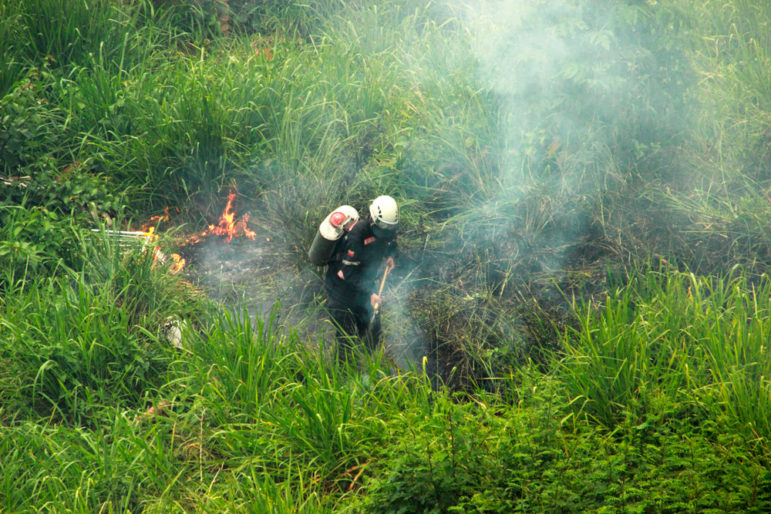
News & Analysis Reporting Tools & Tips
Q & A: How a Reporter Uncovered the US Military Burn Pits Scandal
The reporter who first broke open the US military burn pits scandal and its hazardous environmental impact on veterans discusses how she reported the story and tracked its evolution to the halls of the US Congress.








